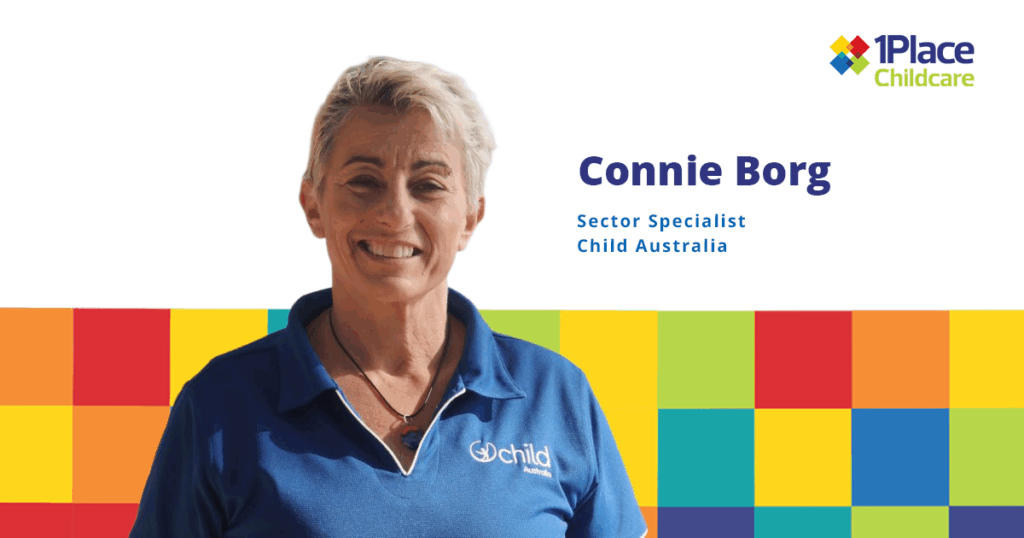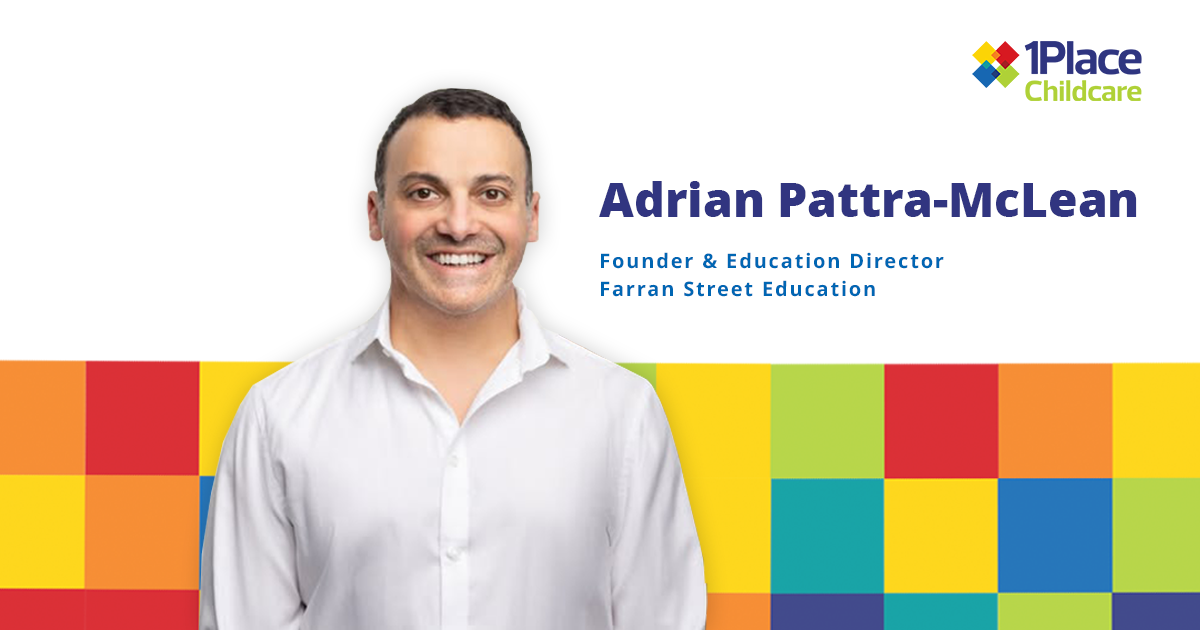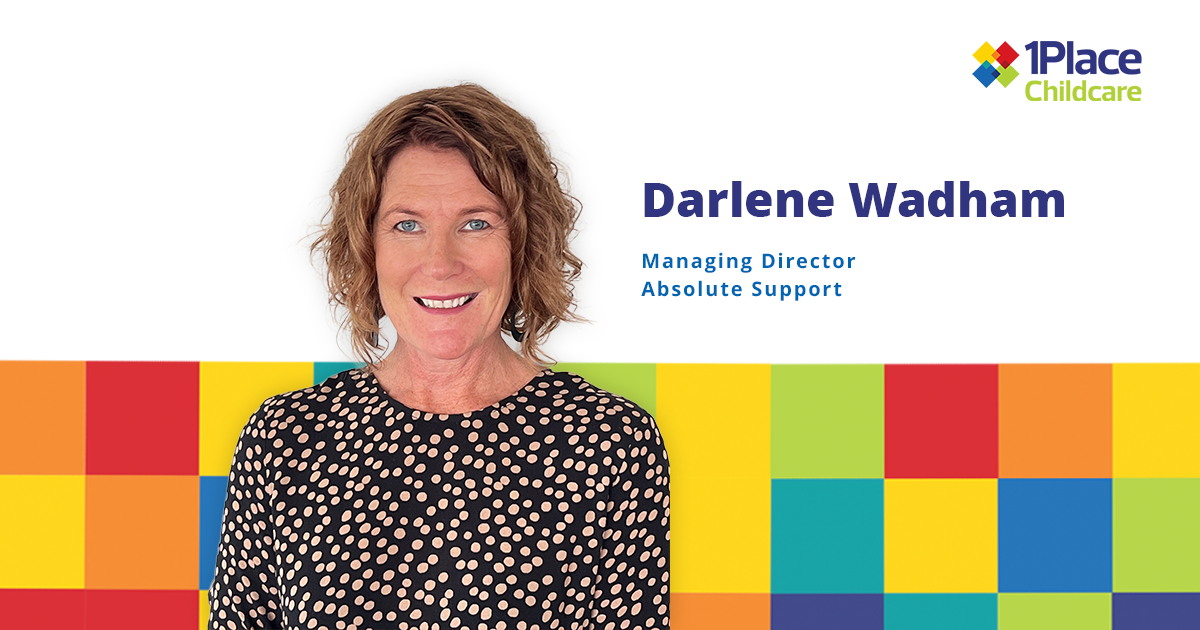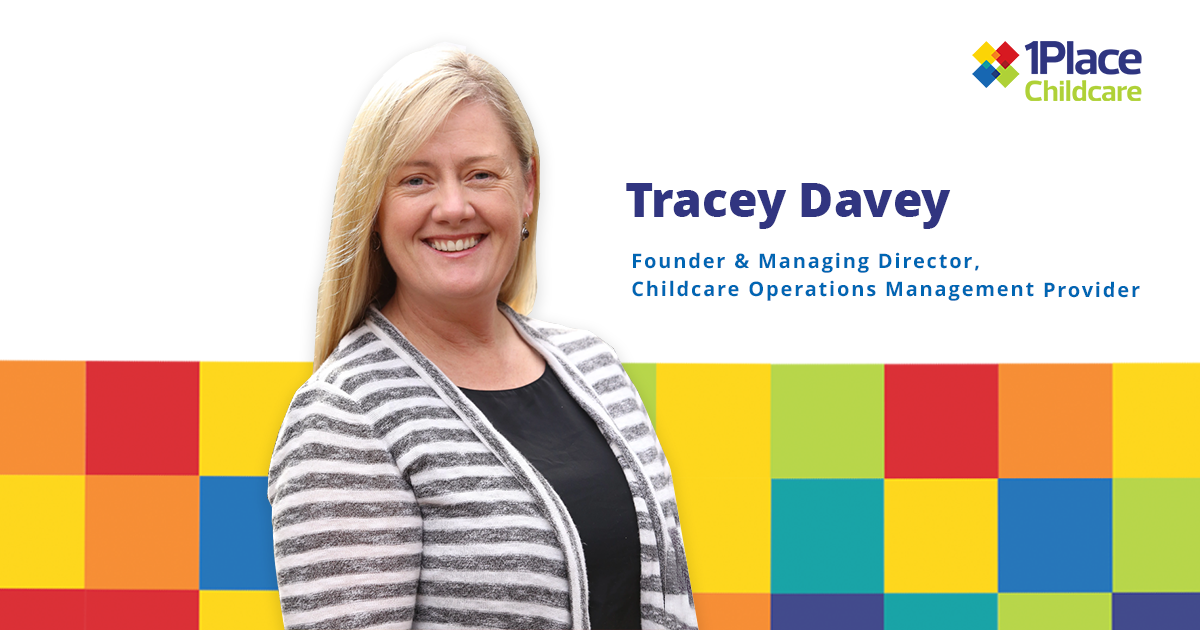
We sat down with Connie Borg to discuss her upcoming panel presentation at the Little People Big Dreams conference and explore the crucial shift from compliance to vigilance in child safety.
Connie has over 30 years’ experience in a variety of community and education and care services, holding positions that have given her a wealth of experience in service operations, family and community support and training, assessing and mentoring. Connie is passionate about the care and education of all children but specializes in the areas of infants and toddlers, recently completing her masters in Infant Mental Health. Along with strong community involvement, Connie believes support and guidance to build educator capacity is the best way to drive quality improvement and a sustainable service. She provides training and development for people who work in the early years sector and out-of-school-hours care, along with mentoring and coaching educators and service leaders.
Can you tell us about your panel at the upcoming Little People Big Dreams conference?
The panel is called “Child Safety in Plain Sight” and includes Professor Selena Bartlett, Katie Brennan, and Nicole Talarico, Facilitated by Tina Holtom, Child Australia CEO. Our discussion will focus on strengthening child safety across all early childhood services shifting Culture from Compliance to Vigilance. Together, we aim to enhance professional accountability and foster a safeguarding culture where everyone actively reflects on how we are protecting children.
It’s vital to remember that child protection is an adult responsibility—We cannot wait for children to simply disclose. We’ll touch on the national principles for child safety organisations, but our main goal is to restore community trust in the sector.
What does the shift from compliance to vigilance look like in practice?
While we all know our regulatory obligations around safeguarding children, In our work with children It is also important to take a proactive approach, we could say “being on amber alert”—this means being observant of patterns of behaviour that may need gentle reminders or redirection. For example, we need to be mindful if the same children are always chosen to help with jobs, if educators are consistently spending extra time with particular children, or if favourites are forming.
These patterns not only risk creating unequal opportunities for children, but they can also be early signs of behaviours that compromise child safety. If someone intended to groom children, these are the kinds of behaviours they might use to build special relationships.
Our responsibility is to ensure all children feel equally valued, included, and safe. Part of this is fostering children’s emotional awareness—helping them recognise fairness, inclusion, and respectful relationships. When children experience equal attention and opportunities, they learn that every person is worthy of care and respect.
The key is to call things out clearly and professionally. You might say:
“This is our policy and procedure around this behaviour—we don’t want to allow these practices to continue.”
By working together and holding one another accountable, we create a safeguarding culture where every child’s wellbeing is at the centre.
How will this vigilant approach impact children in early learning environments?
We’re hoping children will start learning what’s safe and unsafe around adult behaviour. Again, we don’t want to make it children’s responsibility, but we want safe environments where children know what safety feels like. They know adults are looking out for them and calling out things that shouldn’t be done.
We’re talking to children about consent—asking “Is it okay if I pat you to sleep? Would you like me to brush your hair? Would you like a hug or a high five?” Getting them used to adults asking for consent means when people aren’t asking, they’ll hopefully question that.
Can you share some practical tips for teaching consent to children of all ages?
Children learn far more from what we do than from what we say. When we model consent in our everyday interactions with them and each other, we’re teaching children that it’s normal and respectful to ask before touching, taking, or even joining in with others. This helps create a culture where children feel safe, valued, and respected and where they learn to respect the boundaries of others.
Consent can begin with the smallest of actions—even with babies. For example, when you ask, “Can I change your nappy?” you’re acknowledging their autonomy. Babies often give clear social cues in response: they might turn their body away, look down, or walk off if they’re mobile. These are ways they communicate their preferences, and by paying attention, we show them their voice matters, even before they have words.
This idea extends to how we use photos of children too. As adults, many of us don’t like having our photo shared on social media without permission—yet children are rarely given the same choice. It’s important to pause and reflect:
Is the child comfortable being photographed?
Are they dressed appropriately, clean, and presented in a way that honours their dignity?
Would they want this photo displayed for everyone to, see?
By asking children for their consent and encouraging them to ask for the consent of others, we show are modelling respect and helping them develop an understanding of their own rights and the rights of others. In doing so, we foster a culture where consent is not just spoken about—it’s lived and experienced every day.
How can educators support colleagues who might not feel comfortable addressing amber light behaviours?
Many educators find it challenging to call out colleagues when something doesn’t feel right. This is completely understandable—raising concerns can feel uncomfortable, especially in close-knit teams. What educators often say that helps is having clear policies to back them up.
For example, it’s much easier to remind someone, “We need to do sleep checks every five minutes,” when there’s a policy in place. You’re not pointing the finger—you’re simply upholding what the service has already agreed to.
If educators don’t feel comfortable addressing a colleague directly, they can approach their director and say something like, “This keeps happening and it’s against our policy. Can you help me follow this up?”
I’ve been talking to centres about creating a register system. For instance, noting when it’s the 2nd or 3rd time you’ve had to remind someone about seeking consent for nappies or photos, or when the same children are always being chosen for tasks. This isn’t about “getting someone in trouble”—it’s about creating a clear record, so patterns can be identified and addressed fairly.
What changes might families notice as a result of these practices?
When it comes to child safety, families are our most important partners and child safety is everyone’s business.
Families may notice increased communication in areas like, explaining why educators ask children for consent, the importance of using correct anatomical language, or how services are proactively making sure that safety is a living, daily practice, not just a compliance requirement. There may even be the introduction of new child safe policies.
Families may also notice changes in everyday interactions. For example, during morning handover they might hear an educator say, “Is it okay if I take you from Mum?”
They may also notice an increased focus on children’s emotional wellbeing and with educators paying closer attention to how children express their emotions and respond in different situations. By supporting children’s emotional responses and psychosocial development, we are helping them build resilience, empathy, and a strong sense of self.
Will you provide resources to help families with these changes, particularly around using correct terminology?
Absolutely. Supporting services in supporting families through this shift is a key part of our work. We recognise that using correct anatomical language—such as vagina, vulva, or penis—can be unfamiliar or even uncomfortable for some adults, whether due to cultural norms, personal experiences, or simply lack of exposure. But together, we can help children learn to speak about their bodies confidently and safely.
In partnership with child safe organisations, we’ll be working closely with early learning centres to host family information sessions, where they can talk through:
Why using correct terminology is important for children’s safety, wellbeing, and body autonomy
How to incorporate this language into everyday conversations at home
Strategies to support children in speaking about their bodies with confidence and clarity
Just as a child might say they have a sore elbow, they should feel just as comfortable saying they have a sore vulva. These are all parts of their body—and none should be off-limits in terms of language or discussion. When we avoid or soften these words, we unintentionally send the message that some body parts are secret, shameful, or inappropriate to talk about.
We understand this shift may feel uncomfortable for some families and educators at first. That’s okay. One helpful suggestion is to practice saying these words out loud in a private setting—perhaps while reading to a doll or teddy bear. Over time, it becomes more natural, and you’ll feel more confident using this language in the classroom or at home.
For those who find it challenging, I suggest practicing by saying the words out loud to a doll somewhere private, so you can start using this language comfortably in the centre.
What common misconceptions will your session address?
One major misconception is about children’s ability to convey what they need to adult and express boundaries. In reality, children of all ages can express their needs and their “no”—the responsibility lies with adults to look, listen, and truly tune in to what the child is trying to say.
The Early Years Learning Framework (EYLF) and the National Quality Standard (NQS) both emphasise the importance of being attuned to children. When we take this seriously, we begin to notice the subtle and not-so-subtle ways children communicate their emotions, discomfort, uncertainty, and consent—often without using any words at all.
Children don’t always need the right vocabulary; they need adults who are paying attention.
For example, consider a child who is nodding “yes,” but their shoulders are raised and they’re subtly stepping back. We might say,
“I can see you’re nodding, but your body’s moving away and your shoulders look tense. I wonder if you actually want to say no?”
More often than not, the child will give a relieved nod of agreement. In moments like this, we’re not just helping children feel safe—we’re teaching them that their body signals are valid and worth noticing.
Unfortunately, children are often socialised—through well-meaning but limiting messages—to believe that adults always know best, and that it’s their job to listen, obey, and not make a fuss. Think about some of the common things children hear:
“Be good for your teacher.”
“Do what the doctor says—they’re trying to help.”
“If you sit still, you’ll get a treat afterward.”
“Don’t talk back.”
While these phrases are usually spoken with love and care, they can send a message that compliance is more important than comfort or consent. Over time, this can make it extremely difficult for children to say “no” to adults—even to those they know and trust.
Any final thoughts for our readers?
Learning never stops—we’re always learning. Children are great teachers, and we can learn so much from what they say, do, and how they are in the world.
I’d also like to mention that Child Australia is developing a “See It, Stop It, Say It” campaign—an adult traffic light behaviour system in response to child sexual abuse prevention. This initiative will provide clear, practical tools for creating safer environments for children.
If you enjoyed this conversation, don’t miss the chance to hear Connie Borg live at the Little People Big Dreams Conference 2025. The Northern Territory’s leading Children’s Learning & Development Conference is back! After last year’s sell-out conference, they’re returning bigger and better with more national and local presentations highlighting innovation, the latest research and best practice.
Your ticket includes keynote presentations, concurrent sessions, workshops, entry to The Market Place exhibition, full-day catering, networking sundowner event, and the chance to win door prizes. It’s an event you won’t want to miss! Book your ticket now!





